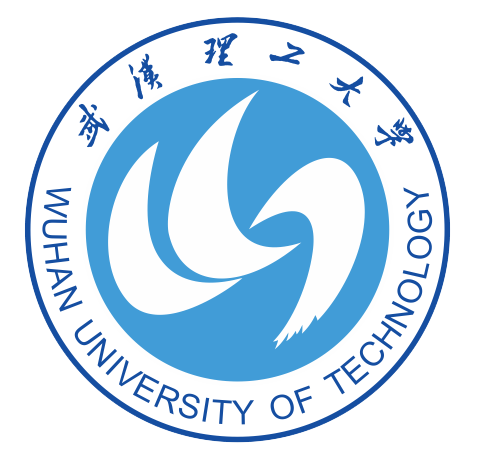主题报告
A Performance Analysis of a Simple Trading System
Jason McGuiness,a contract programmer in C++ on Linux. The 15 years experience spans: from a nuclear physicist to programming prototype super-computers, but now in finance; focussing on low-latency and HFT software, their architectures and the issues arising from them. I am also actively involved with the ISO/UK C++ Panel and the ACCU to maintain my skill-set.
Abstract:
High-Frequency Trading (HFT) and low-latency trading are a major preserve of C++. The fact that it is amenable to extensive optimisation, including micro-optimisations, has made C++ highly effective. Moreover C++ can be very low-level to these micro-optimisations can make use of the specific machine architecture. Also the impact the O/S upon such performance-critical systems will be investigated.
This updated talk has results from some of the latest versions of G++ and Clang on Gentoo!
This talk shall investigate the use of micro-optimisations, initially via the generated assembly from versions of g++, clang and icc, then the performance of the micro-benchmarks will be investigated. These micro-optimisations will be brought together into a simple yet extremely fast FIX-to-MIT/BIT trading system for which various factors that could affect the performance shall be presented. Initially the impact of the compiler shall be analysed then affect of the O/S upon the performance of this trading system (with surprising and hopefully informative results!), followed by the affect of changing hardware. Finally the impact of the mitigations for Spectre and Meltdown shall be investigated with respect to various O/Ses - which may appear to contradict the currently-propounded beliefs of some major organisations.
The conclusion shall extract considerations that I consider key to the development of highly micro-optimised software.
Speeding up Python and working with larger datasets
Saeed Amen,the founder of Cuemacro. Over the past fifteen years, Saeed Amen has developed systematic trading strategies at major investment banks including Lehman Brothers and Nomura. He is also the author of Trading Thalesians: What the ancient world can teach us about trading today (Palgrave Macmillan) and is the coauthor of The Book of Alternative Data(Wiley), due in 2020. Through Cuemacro, he now consults and publishes research for clients in the area of systematic trading. He has developed many Python libraries including finmarketpy and tcapy for transaction cost analysis. His clients have included major quant funds and data companies such as Bloomberg. He has presented his work at many conferences and institutions which include the ECB, IMF, Bank of England and Federal Reserve Board. He is also a visiting lecturer at Queen Mary University of London and a co-founder of the Thalesians.
Abstract:
Execution time in Python tends to be slower than for other languages. However, there are ways we can speed up Python code. In this talk, we'll discuss some of the techniques/libraries you can use to speed up numerical based calculations in Python, and some tools that can be used to parallelize the computation.
高光谱图像分析
王雪松,中国矿业大学信息与控制工程学院教授,博士生导师,教育部新世纪优秀人才,江苏省333高层次人才培养工程(第二层次)培养对象。担任地下空间智能控制教育部工程研究中心主任、徐州市人工智能与大数据重点实验室主任。
王雪松教授现为江苏省自动化学会理事、中国自动化学会教育工作委员会委员,担任IEEE Transactions on Systems, Man, and Cybernetics: Systems、International Journal of Machine Learning and Cybernetics、电子学报等期刊的编委。
王雪松教授的研究方向为人工智能,机器学习及模式识别。近年来,主持国家自然科学基金项目4项、霍英东教育基金会高等院校青年教师基金等省部级项目6项;以第一完成人身份,获教育部自然科学二等奖2项、中国电子学会电子信息科学技术奖三等奖1项、孙越崎青年科技奖1项;授权发明专利10件;出版专著7部(英文2部);在IEEE TNNLS、IEEE TSMC: Systems、IEEE TIE、IEEE TKDE、IEEE TCDS、IEEE/ACM TCBB、IEEE JSTARS、Information Fusion等重要学术刊物上发表论文100余篇。
摘 要:
高光谱图像分析是遥感技术对地球表面分析和应用的一个关键步骤,同时也是人类认知地球的重要手段之一。本报告将针对高光谱图像具有的复杂空-谱特性、非线性可分以及标记样本有限等特点,介绍项目组近年来为提高分类精度和学习效率以及泛化性能,利用深度学习、宽度学习和领域适应等技术进行高光谱图像分析的相关研究进展。








